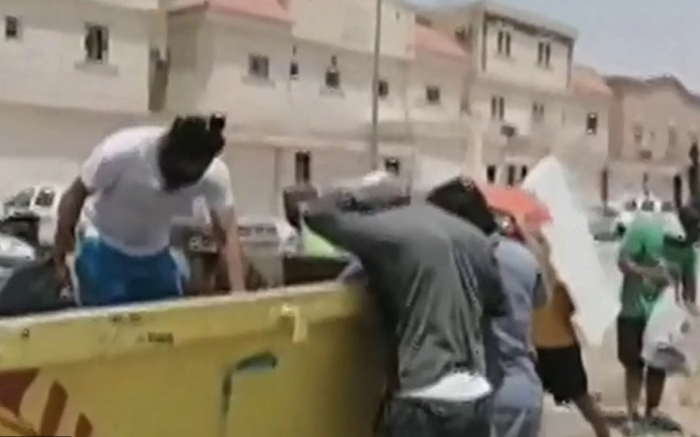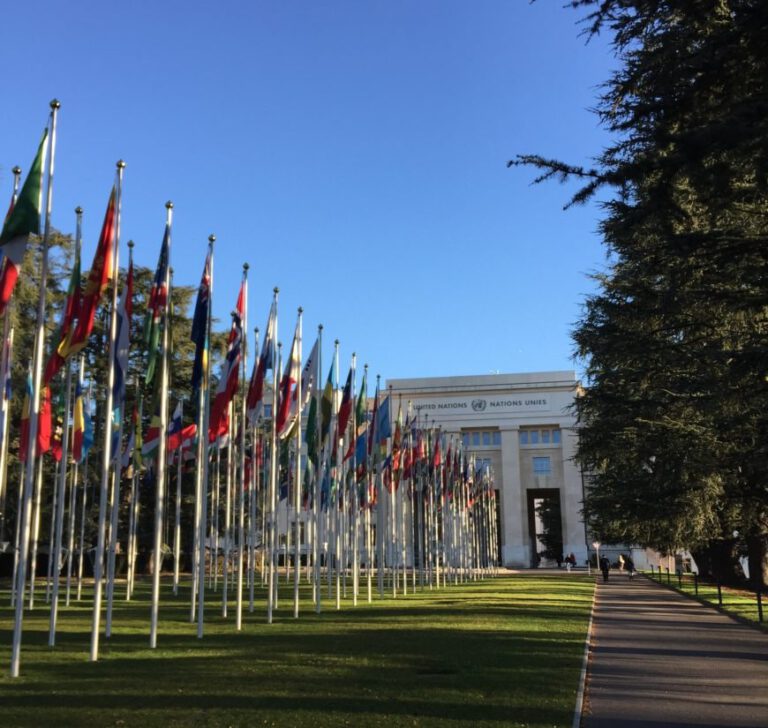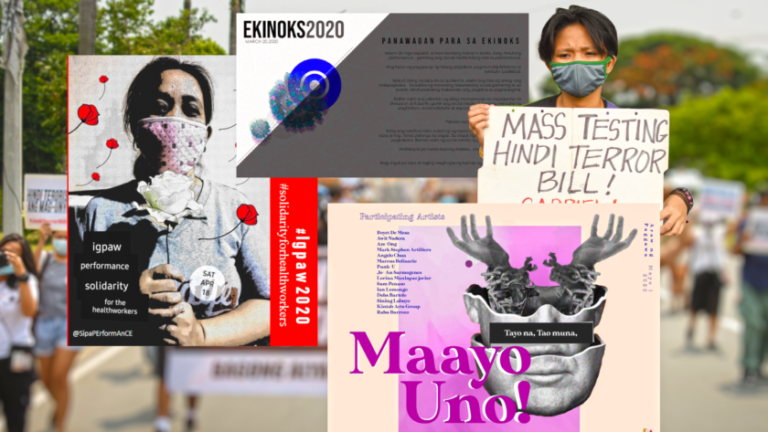Last of a two-part series
Government’s misplaced scheme
In many instances, the
solution to the complex transport problems of Metro Manila lies in the physics
of the problem, in the same way that dealing with COVID-19 requires medical
science. But the Duterte administration has simply picked up its pre-COVID proposal
of “jeepney modernization” and used the pandemic to justify finally pushing for
it, amid protestations by jeepney drivers and the adverse impact on millions of
commuters.
The government is a signatory
to the Bangkok Declaration on Sustainable Transport Goals (Bangkok 2020) on
“environmentally-sustainable” transport policy. This is also in relation to the
ADB’s
Sustainable Transport Initiative that is ultimately premised on the
continuation of “free market” and “inclusive” economic growth. The Duterte
government’s accomplishment in fulfilling Bangkok 2020 rests on the jeepney
modernization program. Ultimately, this is important for the Duterte
administration to attract transport infrastructure investments as well as to
push for the sale of brand new, imported, so-called environment-friendly, and
modern jeepneys.
Through the Omnibus
Franchising Guidelines (OFG) that the DOTr issued on 19 June 2017, the
government is requiring the make of the body and engine of the traditional
jeepney to be compliant with the requirements set by the Land Transportation
Franchising and Regulatory Board (LTFRB). These requirements definitely
prioritize electric jeepneys (e-jeep), while pushing away the traditional
jeepneys which need to go through numerous hurdles to get licensed to operate.
These hurdles include: upgrading combustion engines to comply with Euro IV and
similar emissions standards; complying with the LTFRB-set age-limit of oldest
vehicle part; refurbishing and rebuilding that should pass the type approval system
test; and still finally going through the Land Transportation Office (LTO) for
a roadworthiness test to get registration renewal.
Concerned automotive
engineers, scientists and mechanics contest the need to phase out traditional
jeepneys and argue that the government should support locally manufactured environmental
solutions. They also question the availability of the parts of the imported
modern jeepneys in case of repairs, unlike with the traditional jeepneys that
can be replaced easily. They also claim that the body engineering of the modern
jeepneys is not suited to Metro Manila’s narrow roads and more prone to
accidents. Environmentalists have also criticized the government’s going
electric or Euro IV as hypocritical when its own energy program is reliant on
coal and other fossil fuels.
But the OFG just keeps on
narrowing the chances for traditional jeepneys to survive. The OFG also
requires a fleet size of 15 units for any type of PUV for six months for new
routes, which prevents small operators from applying for new franchises.
Actually, even medium-scale operators – if they exist – are constrained and
marginalized under the modernization program. The modern jeepney costs about
Php1.6 million to as high as Php2.5 million, which means that an operator needs
at least Php24 million to get a franchise.
The DOTr has stated that the
government is not phasing out jeepneys but simply modernizing. However, the government
plays with words. The jeepney modernization program will ultimately kill the
livelihoods of thousands of jeepney drivers and complete the corporate capture
of the ‘last-mile’ resort of millions of Filipino commuters.
Still pushing for Build, Build, Build
and foreign ownership
The Duterte administration is
also not compromising its Build, Build,
Build (BBB) infrastructure projects, despite their questionable viability
even before COVID-19 struck and their diminishing relevance now. Of the 100
infrastructure flagship projects (IFPs) worth Php4.3 trillion, 73 are for
transport and mobility. The government does not have plans to strengthen
economic production so the projects will just end up reinforcing a service
economy dependent on import-export trade, foreign investments and tourism. Much
of the construction materials used are even imported rather than produced
locally.
The transport sector is
reflective of how the government has lost its capacity to govern and manage
public services because of privatization. This raises questions therefore on
government’s absorptive capacity for such a grand infrastructure program. Four
years into the ambitious BBB, there are only two (2) completed and nine (9) ongoing
projects to date. The Duterte administration has even increased the IFPs from
75 to 100 to make BBB “more feasible”. But it appears that only 38 projects will
be finished by the end of its term.
The future of BBB in the time
of COVID-19 is precarious. But like a beaten beast, the Duterte administration
refuses to yield. The pandemic is posing serious challenges to the continuation
of BBB, apart from the program’s innate weakness of simply being aimed at
attracting foreign investments and momentarily stimulating a slowing economy.
The most obvious challenge for
the construction industry is physical distancing because masses of workers need to gather to finish a
project. The IATF suspended construction at the start of the lockdown but later
allowed it, while passing on to the construction companies the responsibility of
ensuring that workers comply with health protocols.
The next challenge is how
travel restrictions and physical distancing will certainly dampen transport,
travel and tourism businesses, and foreign trade and investment for a long
time. These are the sectors that BBB wishes to be relevant for – but they are less
and less important for the economy’s survival in the time of COVID-19.
Another challenge is the
commercial viability of the projects on which they are all premised. Instead of
catering to genuine public service, the completed projects are designed to be
run by private transport corporations who will collect user-fees for their
profitability and sustainability. The most expensive BBB projects are mass
commuter railways whose viability depends on expensive fares that will be beyond
the reach of the majority of the poor and working people.
But the greatest challenge is
how BBB’s socially inappropriate orientation can be shifted to support the
proper health response to COVID-19. The pandemic has revealed how weak our
health system is – lacking facilities and equipment, lacking health personnel,
and even lacking the means to transport health personnel. Not a few health
frontliners have had fatal road accidents biking to work due to lack of
transport support from the government. There is not even a single health
infrastructure facility in the IFP lineup. The administration has made
pronouncements that it would reorient BBB to respond to the health crisis but has
yet to release a new IFP list.
Meanwhile, one priority
legislation of the administration is the amendment of the Public Services Act
(PSA). On March 10, just before the lockdown, the House of Representatives
passed on final reading House Bill (HB) 78 to amend the PSA. It is now at the
Senate for deliberation and approval. These amendments include narrowly
defining public utilities to bypass Constitutional restrictions on foreign
ownership. Sectors considered public services, transportation included, can be
opened up to complete foreign ownership. This further undermines public interest
and national development. The PSA amendments will pave the way for the full
foreign ownership of the mass transport system and government’s eventual
surrender to private transport and transport infrastructure corporations.
The right direction
The Duterte government can
address the transport crisis in the time of COVID-19 and in fact can look at
the pandemic as an opportunity to overhaul the system. The health protocols may
be followed indeed if only the government recognizes and addresses the transport
crisis in a scientific manner.
There should be a first-step
long-term modal shift from road to rail. The government can start by upgrading
and adding rolling stock and rails to the train system. The corporations and
officials of government agencies who forged lopsided privatization contracts
should be held liable for poor service including breakdowns and accidents. The
Philippines is among the first countries in Asia to have an urban rail system
and has a long history of government running rail transport systems. These
assets can be nationalized again and returned to public control. Rail transport
can then be central to urban planning as well as to the dispersal of economic
activities to the rural areas.
An efficient rail transport
system, not to mention fully linked and accessible, will be the basis of an
equally efficient route rationalization plan for PUBs and PUVs. The government
should seriously conduct its own study to identify where the mass of commuters
can have the most optimal travel time, including number of stops, from their
workplaces to their homes. This should also include designation of walkways and
bike lanes. It should not rely on self-interested privatization stakeholders to
make such studies.
For a route rationalization
plan to be truly systematic, PUBs and PUVs along with rail should be publicly
run. Government can start by organizing PUBs and PUVs into cooperatives rather
than allowing only single or corporate proprietorship of large fleets. It can
also incentivize cooperatives to improve their service and compliance. Then,
government can move on to careful consolidation of fleets through joint
ventures and eventual nationalization. Such crucial steps will finally make PUB
and PUV modes more economical and fares more affordable.
The DOTr is proposing to
introduce service contract arrangements with private transport operators for
the “new normal”. It also aims to shift from the “boundary system” to daily
fixed wage for drivers and conductors so they can have steady incomes
regardless of reduced ridership. This sounds acceptable, especially if we
consider that transport groups have long been clamoring for government to
abolish the “boundary system” to avoid competition-driven stresses, road
hazards, and transport unpredictability.
However, the DOTr proposal
remains outside the vision of living wages for transport workers, promoting
their welfare and strengthening their unions, subsidizing commuters and
controlling fares, and diminishing competition among the private contractors
with stronger public control. In short, the current proposal should be within
the framework of nationalization, lest it end up being another privatization
contract.
The proposal is welcome if it
is not being done in the context of the government’s jeepney modernization
program. The Duterte administration cannot even give sufficient social
amelioration to displaced drivers and conductors during a pandemic.
Moreover, government should
once and for all restrain the explosive private car sales that defies all
public mass transport logic. These just give the automotive corporations
maximum returns on their businesses.
Finally, the pandemic gives us the vast opportunity to rethink sustainable development perspectives. The need for agrarian development and national industrialization cannot be overemphasized. But the government can start with arresting the anarchic building of offices especially for business process outsourcing and online gambling, shopping malls, hotels and leisure structures, residential and private subdivisions, and condominiums. Metro Manila’s urban development Is geared to increasing real estate profits and the wealth of the country’s economic oligarchs at the expense of public mobility and welfare.
Government can start by planning an economy that genuinely addresses severe inequalities existing pre-COVID-19 that, without corrective steps, will persist even far beyond.












